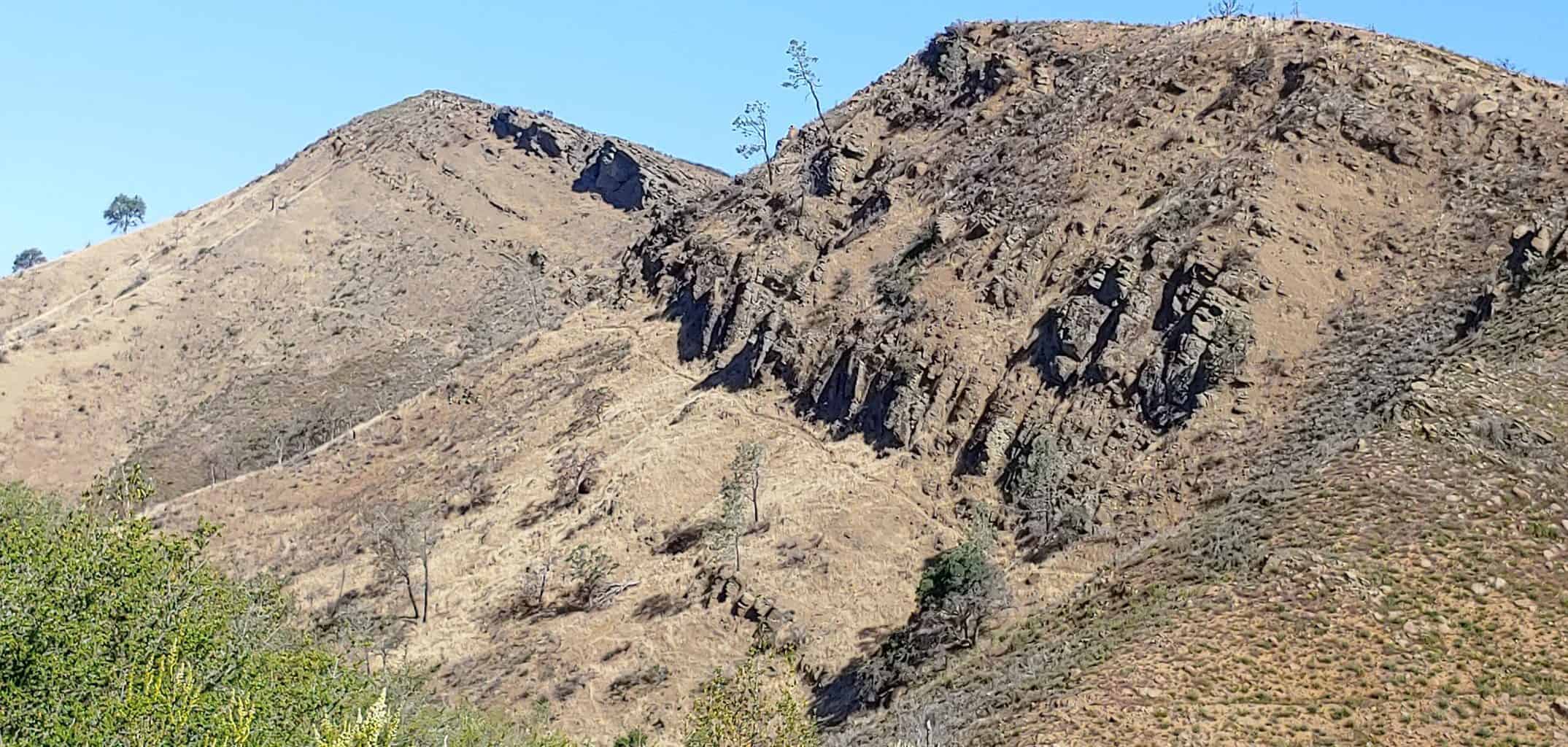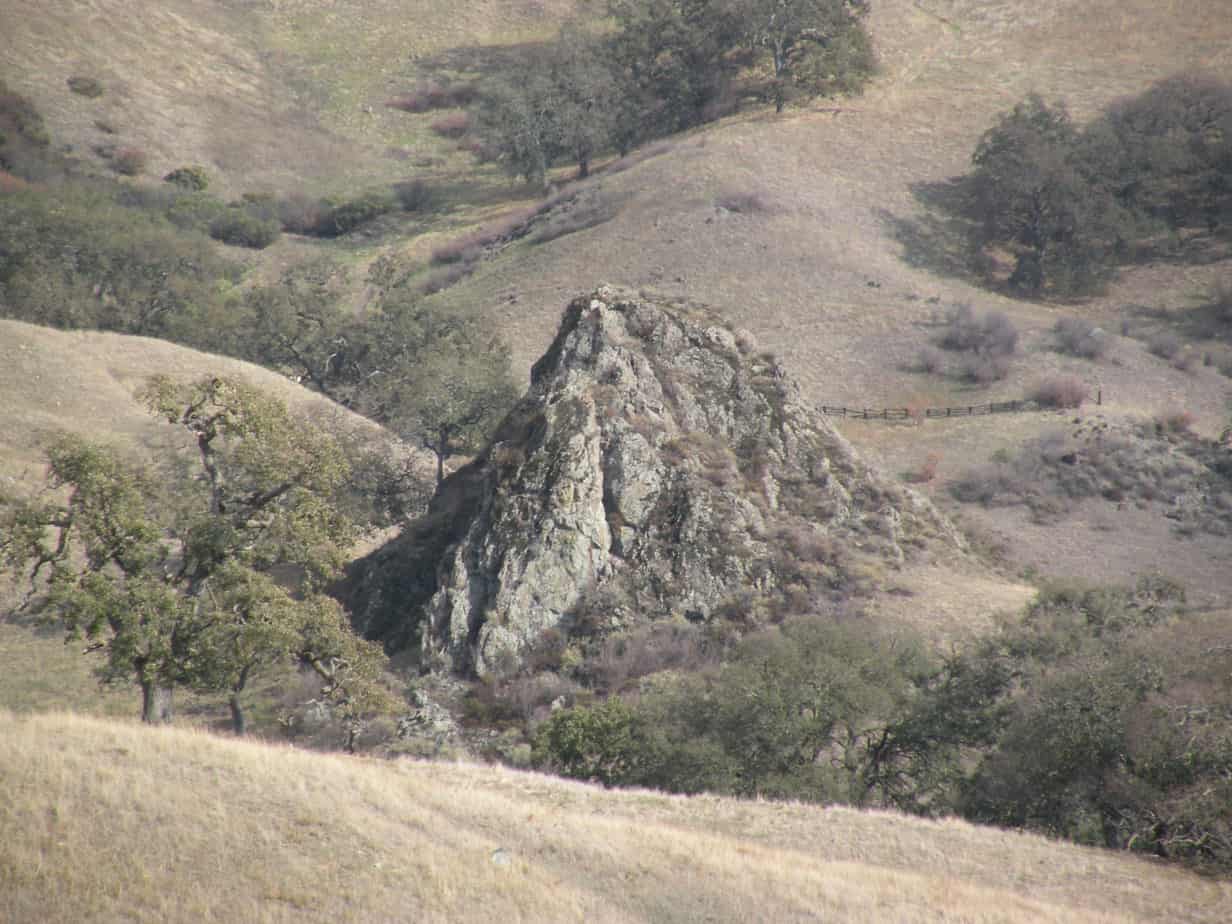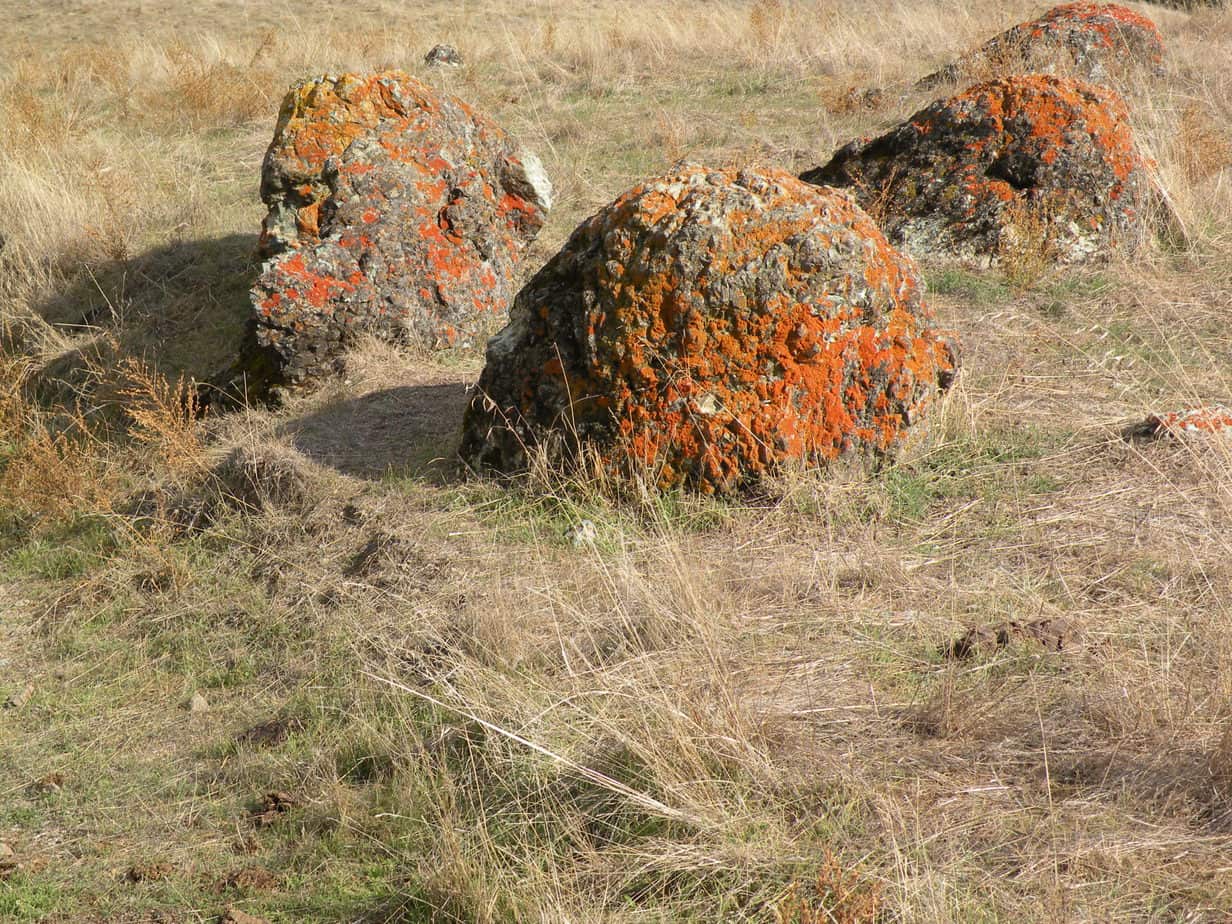Susan Alcorn’s Backpacking & Hiking Tales and Tips, #270, January 2022
Hi everyone, Happy New Year!
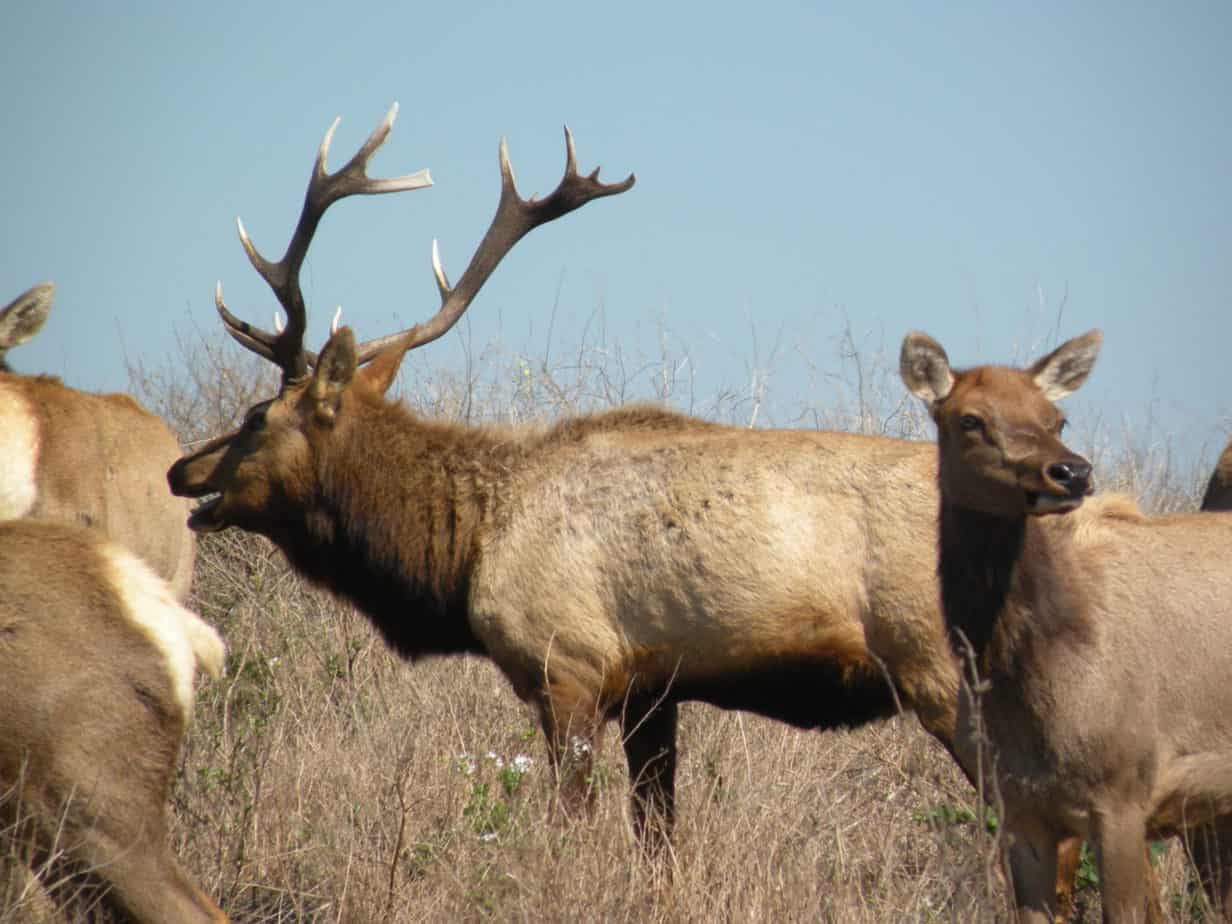
#1. Pilgrim guidebook author Beebe Bahrami and her wolf encounter
#2. Snowshoeing and backpacking adventures with Yosemite Conservancy
#3. Are Monarch Butterflies Recovering?
#4. SYMG (Southern Yosemite Mountain Guides)
#5. 600-mile trail underway in the Sierra
#6. 2022 Pilgrim gathering and Hospitalero training coming up
#7. ALDHA-West info
#8. S.F. Bay Area Regional hikes: DIY in Point Reyes to see Snowy Plover? Tule Elk? Coho Salmon?
Articles:
#1. Beebe Bahrami shares her wolf encounter story. Beebe is known and beloved by many for her Camino guidebooks including The Spiritual Traveler Spain—A Guide to Sacred Sites and Pilgrim Routes (Paulist Press), Historic Walking Guides: Madrid(DestinWorld Publishing), and her newest— Moon Camino de Santiago (Avalon Travel/Hachette Book Group). She was one of the chapters (what the women of the book are calling themselves!) in my Walk, Hike, Saunter where she enticed to learn more of the story about her encounter with a wolf while hiking on a narrow path near Luarca on the Camino del Norte.
How lucky we are that her story has now been published with Perceptive Travel and I appreciate that she is sharing it with us here. “Time evaporated and space dissolved, as did the wolf’s agitation and mine. I felt the air molecules and the earth between us lose all barriers and meld and weave a profound interconnectedness, what I can only call communion.” Read on… https://www.perceptivetravel.com/issues/0122/asturias.html.
#2. Snowshoeing and Backpacking Adventures with Yosemite Conservancy: “Experience the quiet beauty of winter in the park during a day of hiking or snowshoeing at Badger Pass, Dewey Point, Yosemite Valley, or the Mariposa Grove of Giant Sequoias.” I can attest to what beautiful scenery you will have whether it’s on an evening full moon hike or a daytime forest ramble. Yosemite Conservancy has a partnership with the park and they offer excursions for those of all levels of expertise—beginner to advanced. Learn more and register here. https://yosemite.org/experience/outdoor-adventures/
#3. Seemingly Headed for Extinction in 2020, Western Monarchs Boom Back in 2021. Daniel Roman in Bay Nature (December 8, 2021) writes, “Since 1997, volunteers organized by the conservation group Xerces Society have counted western monarchs over Thanksgiving at the butterflies’ overwintering sites around coastal California, as part of the Western Monarch Thanksgiving Count.’
They collect data from more than 200 monitoring sites. In 2020, the count hit an all-time low — less than 2,000 monarchs — a number Bay Nature reported last year, that “represents an astonishing continuation of the near-total collapse of the western migratory population of the species over the last few decades.”
But this season’s numbers are encouraging and the changes significant. In 2020, three important overwintering sites in along the California coast—Pacific Grove, Pismo Beach, and Big Sur— had fewer than 300 butterflies total. This season (2021—2022) more than 10,000 monarchs were counted.
Why this rebound is unknown, but there are a couple of theories. One hypothesis is that this year’s boom is due to an influx of monarchs from the eastern migratory population — which typically migrates between Mexico and the United States and Canada east of the Rocky Mountains — joining western monarchs, thereby adding to the population.
What seems more likely, however, is good luck — a chance happening of good weather at the right time and other factors. The Xerces Society researchers wrote that, like other insects, “’monarchs [numbers] fluctuate from year to year in response to the temperature, rainfall, the availability of food, and other factors.’”
“A single adult female can lay 300 eggs, which multiplies with each of the monarchs’ typically four of five breeding generations in a year. So, if it’s a good year, with good weather, monarchs can produce a lot of offspring.”
In conclusion, it’s very good news, but there’s no guarantee that the monarch population has recovered. We have far to go to again see the numbers we had in the 1980’s — when millions of monarchs overwintered in California.
You can subscribe to Bay Nature at https://baynature.org/ Meanwhile, people can help by continuing to create and improve butterfly habitat— planting native milkweed and flowers that provide nectar, and reducing pesticide use.
#4. Southern Yosemite Mountain Guides has been in business for 30 years and this year’s trips look as exciting as ever! SYMG sends season’s greetings! Their trips, often using pack animals to reduce what you have to carry, take you to what they describe as “arguably one of the most beautiful places on earth, Yosemite National Park and the High Sierra!”
Here’s a sampling:
“JMT: Rae Lakes Loop: Backpacking: Explore a famous section of the John Muir Trail. We’ll navigate the Rae Lakes Loop through the wilderness of King’s Canyon National Park. Along the way we’ll tackle Glen Pass and camp in the Rae Lakes…”
“Mt Whitney w/ Horsepack Support. Pack Supported Trekking. Climb Mt Whitney and the remote backcountry wilderness of Sequoia National Park! Pack stock will ease our burden as we travel between camps along scenic high-country sections of the famous John Muir Trail and Pacific Crest National Scenic Trail…” Website is https://www.symg.com/
#5. Lost Sierra Route: Wow! Guy Joaquin, co-coordinator of the Northern California Pilgrim group, shared this exciting news for hikers. The facebook link is here. “Just heard of this amazing project underway: a 600-mile, multi-use trail connecting 15 Northern California and Nevada mountain towns from Truckee and Reno to Susanville.
“After reading this article, I watched a few videos online from the Sierra Buttes Trail Stewardship who are leading the charge. Their plans include routing the trails though the towns, instead of away, to connect users with the local communities and businesses so there will be accommodations and other support services. In other words, it could be very Camino-like. There is even a passport and stamp program in the works! Definitely something to keep an eye on and even maybe support.” Link to the trail project here. https://sierratrails.org/connected-communities/
 #6. Camino Gathering and Hospitalero Training. “Get Prepared for the 2022 Gathering!” Dave Donselar, Chair of the 2022 Gathering, shares the details. The 2022 Annual Gathering of Pilgrims is will be held in Alexandria, VA. “This will be American Pilgrims on the Camino’s 25th year of gathering pilgrims together and we look forward to seeing you at the YMCA Blue Ridge Assembly in Black Mountain, NC (near Asheville) from March 31 to April 3, 2022.
#6. Camino Gathering and Hospitalero Training. “Get Prepared for the 2022 Gathering!” Dave Donselar, Chair of the 2022 Gathering, shares the details. The 2022 Annual Gathering of Pilgrims is will be held in Alexandria, VA. “This will be American Pilgrims on the Camino’s 25th year of gathering pilgrims together and we look forward to seeing you at the YMCA Blue Ridge Assembly in Black Mountain, NC (near Asheville) from March 31 to April 3, 2022.
“Registration will open in early January. Members will be notified when registration opens. Visit the American Pilgrims’ website americanpilgrims.org for additional details on the program including the most recent draft of the program, the cost, accommodations options, and the most up-to-date health precautions as we complete our preparations. Also be sure to check for email updates from American Pilgrims . . . we’ll be sending out updates before the event!
“Hospitalero Corner: Training. Hospitalero Trainings are starting again in 2022. The first one will be March 29-31 immediately preceding the 2022 Annual Gathering in Black Mountain, NC. Watch our website for updated information. Registration will open in early January”
#7. Info about the Triple Crown of Hiking: You hear about it—an award for hiking the of the Pacific Crest, Continental Divide, and Appalachian trails. ALDHA-West, the organization that presents the award, gives some specifics for how you can tackle the challenge. “Happy New Year! As we enter into 2022, we will continue to dedicate our Tuesday posts for the next several weeks to address FAQs about the Triple Crown. Q: “Does it matter how I hiked the trail? Section hikes over multiple years, thru-hike, etc.?
A: “Nope. As long as you have hiked each trail in its entirety, section, thru, or flip-flop doesn’t matter.” Follow them on Facebook to read further information as it appears.
#8. Great time to visit Marin County. Perhaps you are looking for a great hike that is short and sweet? Look no farther than one of these:
Abbotts Lagoon in Pt. Reyes National Park. This is an easy hike out to the ocean, which can be extended either north or south depending on whether you want or continue on flat or hill terrain. Trailhead is along the Pierce Point Road. The lagoon draws many kinds of birds—this time of year, Snowy Plover are reportedly nesting in the sand. https://www.pointreyesnature.com/blog/2020/9/19/western-snowy-plover
Pierce Point in Pt. Reyes. This is a moderate hike, out and back, on a dirt trail along the northernmost point of the Pt. Reyes peninsula. As you hike out to see the resident Tule Elk, you’ll be walking with the Pacific Ocean on the west side and Tomales Bay on the east. To the endpoint, Tomales Point, is about 10 miles round trip, but you’ll see the elk long before that. Google maps here.
Lagunitas Creek/Samuel P. Taylor State Park. Easy. This is the location of the last notable wild Coho Salmon population in the Bay Area. The salmon this year were able to migrate from nearby Tomales Bay.
The females are in the process of building their nests (redd), which they do by swimming on their sides, arching their backs, and using their tails to smooth out the underwater gravel. When the female is content with her redd, she releases pheromones, which is a signal indicating she is ready to lay her eggs. It’s also a signal to the males to approach to fertilize them — which they need to do quickly as the eggs are only viable for a few seconds.
To see them, you can go on your own; it’s best to go when it’s less crowded on weekdays. Look for the salmon in the vicinity of the Leo T. Cronin Fish Viewing Area. Better yet, to get a better idea of where to look, and what the behaviors mean, sign up for a guided tour with the Salmon Protection and Watershed Network (SPAWN) part of the Turtle Island Restoration Network in Lagunitas. Tours are available on weekends Jan 9 to 30—and they will fill quickly. (Eventbrite/click here.)
~~~~~~~~~
Thank you everyone. Stay well, keep hiking when prudent. I encourage you to send in items of interest to the hiking community to me at backpack45 “at sign” yahoo.com
Susan ‘backpack45’ Alcorn
Shepherd Canyon Books, Oakland, CA
https://www.susandalcorn.com
https://www.backpack45.com
Author of Walk, Hike, Saunter: Seasoned Women Share Tales and Trails; Healing Miles: Gifts from the Caminos Norte and Primitivo, Patagonia Chronicle: On Foot in Torres del Paine; We’re in the Mountains Not over the Hill: Tales and Tips from Seasoned Women Backpackers; and Camino Chronicle: Walking to Santiago.
Please note: Hiking and backpacking can be risky endeavors. Always be prepared for emergencies and carry food, water, shelter (warm clothing, etc.), flashlight/headlamp, matches, first aid supplies, and maps. Cell phones don’t always work. Leave word where you are traveling and when you are due back.
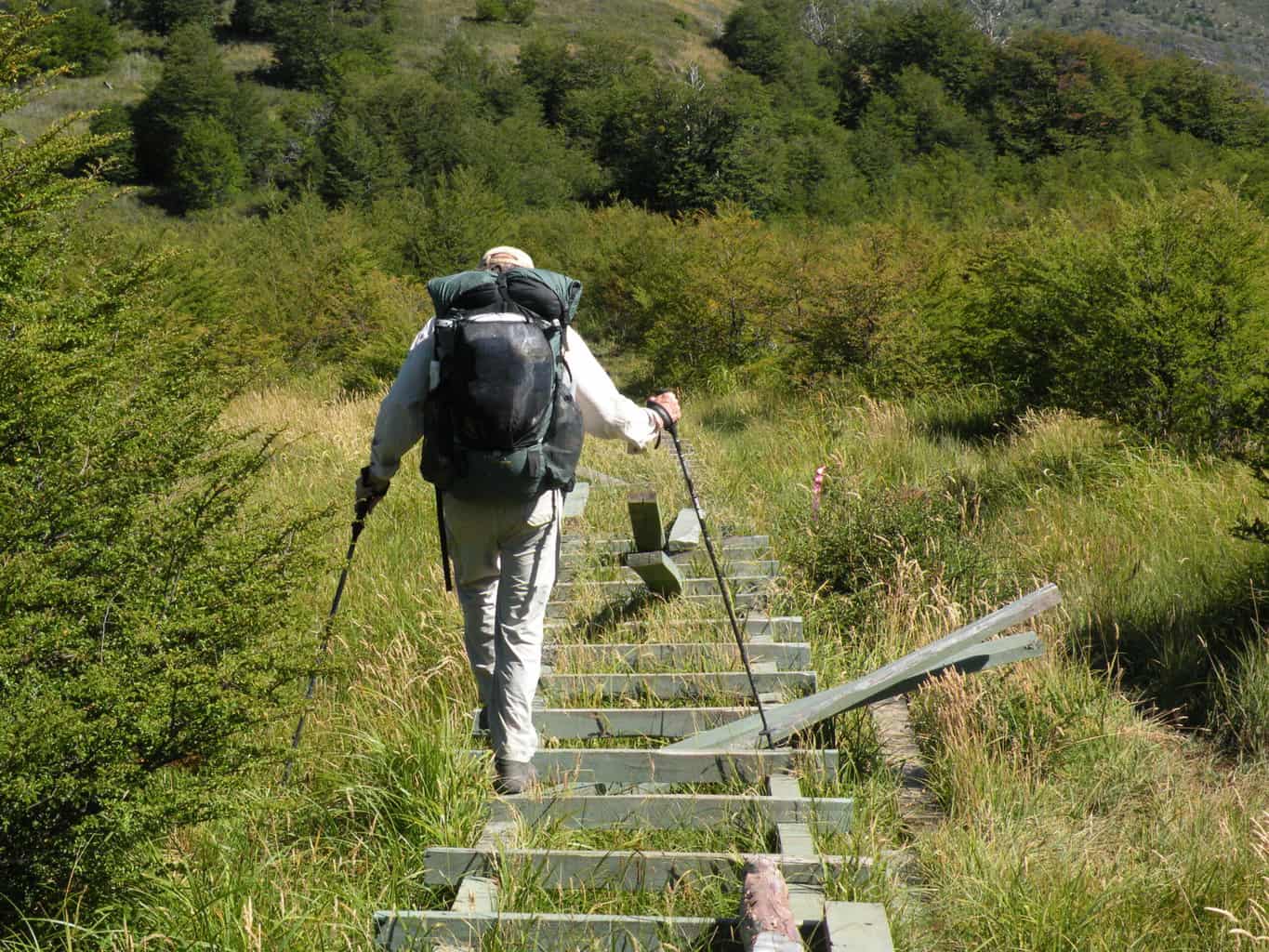
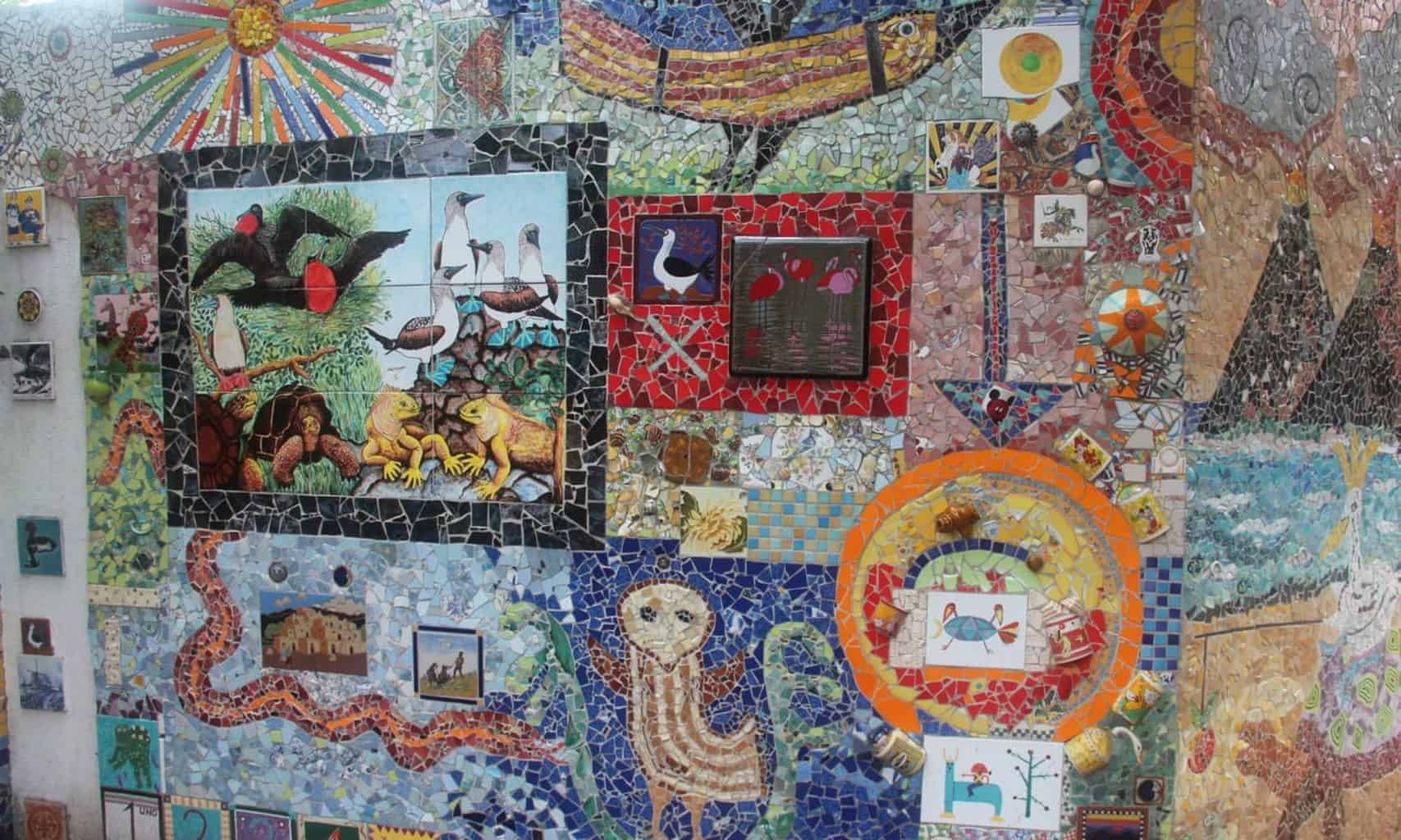
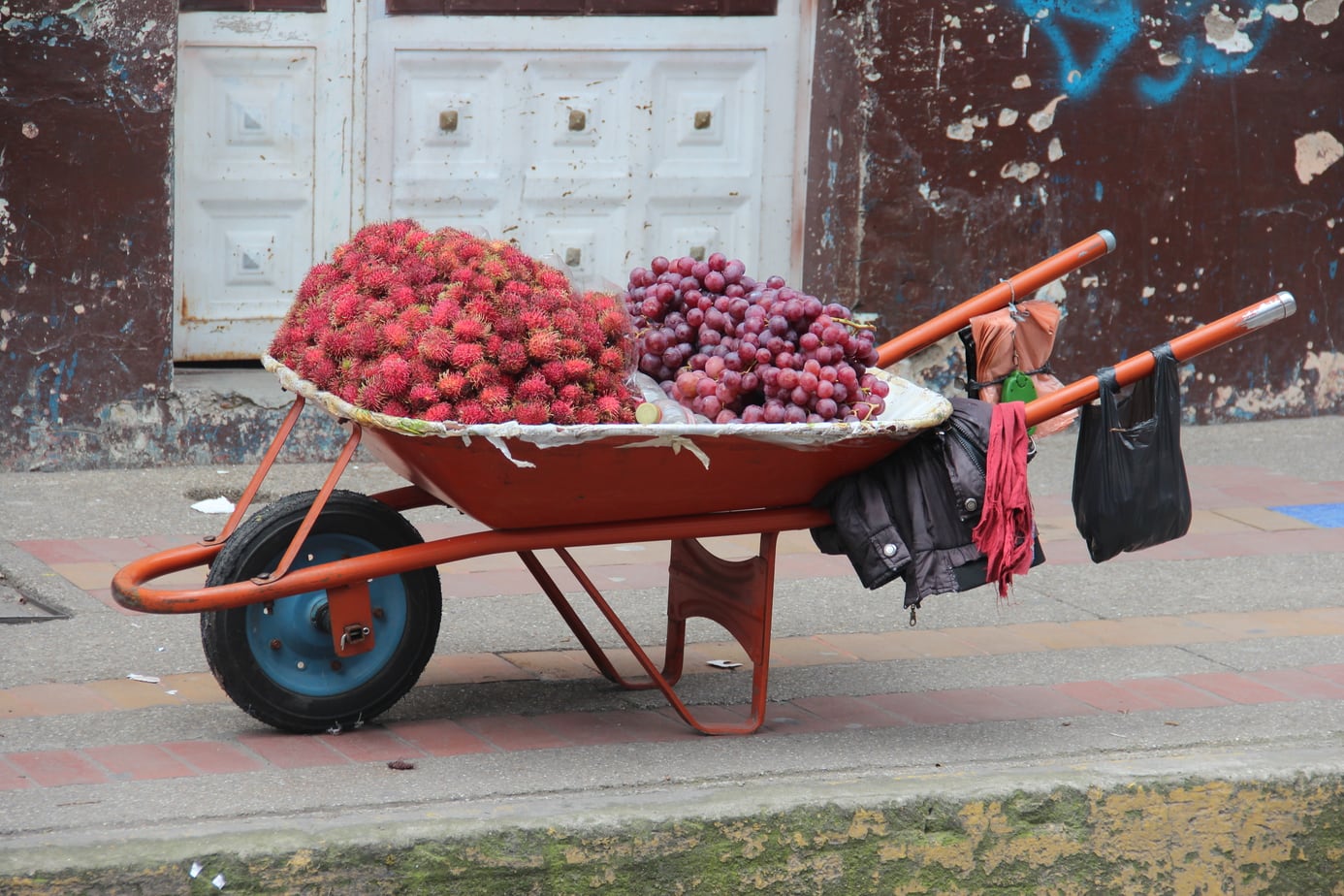



 #6. Camino Gathering and Hospitalero Training. “Get Prepared for the 2022 Gathering!” Dave Donselar, Chair of the 2022 Gathering, shares the details. The 2022 Annual Gathering of Pilgrims is will be held in Alexandria, VA. “This will be American Pilgrims on the Camino’s 25th year of gathering pilgrims together and we look forward to seeing you at the YMCA Blue Ridge Assembly in Black Mountain, NC (near Asheville) from March 31 to April 3, 2022.
#6. Camino Gathering and Hospitalero Training. “Get Prepared for the 2022 Gathering!” Dave Donselar, Chair of the 2022 Gathering, shares the details. The 2022 Annual Gathering of Pilgrims is will be held in Alexandria, VA. “This will be American Pilgrims on the Camino’s 25th year of gathering pilgrims together and we look forward to seeing you at the YMCA Blue Ridge Assembly in Black Mountain, NC (near Asheville) from March 31 to April 3, 2022.
